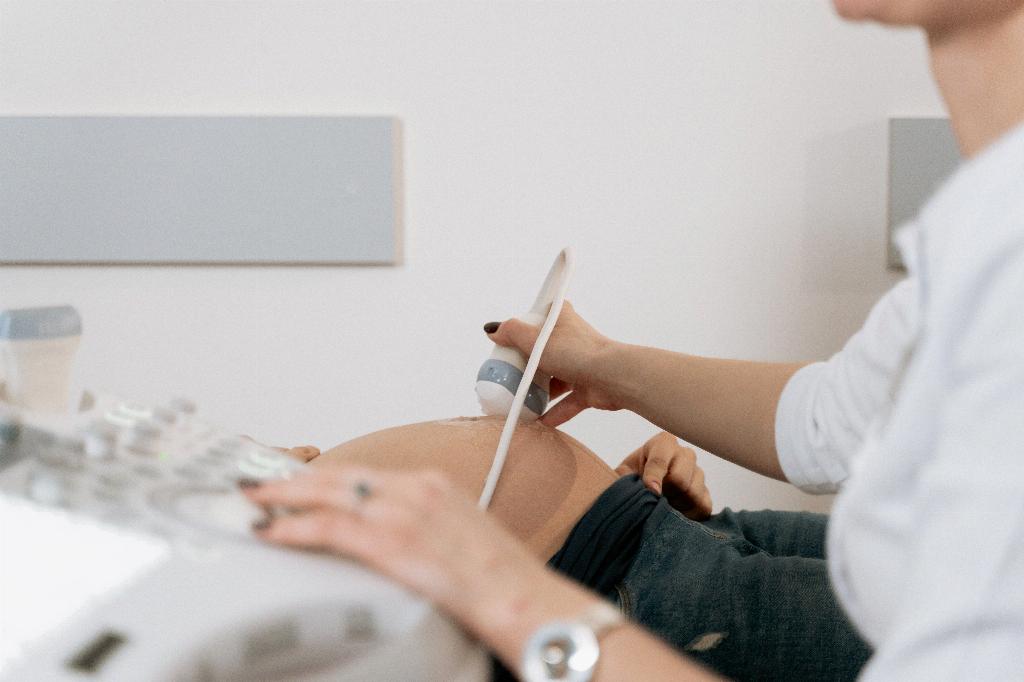When it comes to the location of ectopic pregnancies, one fact stands out: the fallopian tube is the most common site for this unique and potentially dangerous phenomenon. An ectopic pregnancy occurs when a fertilized egg implants itself outside of the uterus, often leading to serious complications if not detected and treated promptly. While the fallopian tube is the primary location for ectopic pregnancies, it is essential to recognize that in rare instances, this abnormal implantation can occur in other areas of the body, such as the ovary, abdomen, or cervix.
The Role of the Fallopian Tube
The fallopian tube plays a crucial role in the normal reproductive process, serving as the pathway through which an egg travels from the ovary to the uterus. However, when an egg becomes fertilized outside of the uterus and implants in the fallopian tube, it can lead to an ectopic pregnancy. This can pose significant health risks to the individual carrying the pregnancy, as the fallopian tube is not designed to support the growth and development of a fetus.
Risks and Complications
Identifying an ectopic pregnancy early is vital due to the potential risks and complications associated with this condition. If left untreated, an ectopic pregnancy can rupture the fallopian tube, leading to severe internal bleeding and endangering the life of the individual. Understanding the typical location of ectopic pregnancies can aid in recognizing the symptoms and seeking timely medical intervention.
Uncommon Locations of Ectopic Pregnancies
While the fallopian tube is the most common site for ectopic pregnancies, it is essential to acknowledge that in rare cases, implantation can occur in other areas of the body. Ectopic pregnancies in the ovary, abdomen, or cervix are uncommon but can present unique challenges in terms of diagnosis and treatment. These situations require careful monitoring and medical expertise to ensure the best possible outcome for the individual.
Diagnostic Approach
Given the potential risks associated with ectopic pregnancies, healthcare providers often employ a combination of medical history, physical examinations, and diagnostic tests to confirm the location of the implantation. Transvaginal ultrasound and blood tests to measure pregnancy hormone levels are commonly used to detect an ectopic pregnancy and determine its precise location.
Treatment Options
The management of ectopic pregnancies typically involves a combination of medical interventions and sometimes surgical procedures, depending on the location and severity of the condition. Medications such as methotrexate may be prescribed to terminate the pregnancy, while surgical options, including laparoscopic surgery, may be necessary in more complex cases.
Emotional Impact
It is essential to recognize the emotional impact that ectopic pregnancies can have on individuals and their loved ones. Coping with the diagnosis of an ectopic pregnancy, as well as navigating the associated medical treatments and potential complications, can be a challenging and distressing experience. Seeking support from healthcare providers, counselors, or support groups can help individuals cope with the emotional aspects of this condition.
Preventive Measures
While the exact cause of ectopic pregnancies is often unknown, certain factors, such as a history of pelvic inflammatory disease, previous ectopic pregnancy, or tubal surgery, may increase the risk of experiencing this condition. Understanding these risk factors and discussing them with healthcare providers can help individuals make informed decisions about their reproductive health and consider preventive measures to reduce the likelihood of ectopic pregnancies.
Future Outlook
Advances in medical technology and research continue to enhance our understanding of ectopic pregnancies and improve diagnostic and treatment options for individuals experiencing this condition. By raising awareness, conducting further studies, and providing timely and comprehensive care, healthcare professionals aim to optimize outcomes and support individuals affected by ectopic pregnancies.
Conclusion
In conclusion, the most common location for ectopic pregnancies is the fallopian tube, presenting unique challenges and potential risks for individuals affected by this condition. While ectopic pregnancies can occur in other areas of the body, prompt diagnosis, and appropriate medical management are crucial in mitigating the associated risks and complications. By gaining a deeper understanding of the location and implications of ectopic pregnancies, individuals and healthcare providers can work together to ensure timely intervention and optimal care.

